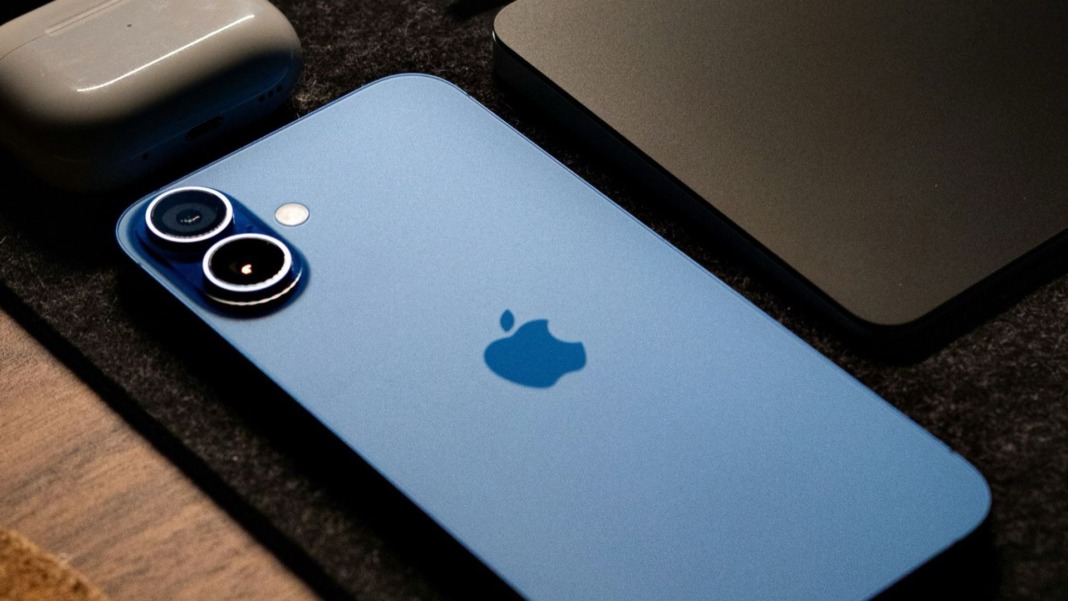Apple has taken the lead in the global smartphone market for the first quarter of 2025, thanks mainly to the strong performance of the iPhone 16E. According to Counterpoint Research’s Market Pulse Early Look report, Apple reached the number one position in global market share, holding 19%, a major milestone for the company.
Apple leads with strong iPhone 16E sales
The report highlights a 3% year-on-year (YoY) growth in the global smartphone market. This improvement was driven by a recovery in emerging markets across Latin America, Asia Pacific, the Middle East, and Africa and steady growth in China.
A key reason behind Apple’s success was the unexpected launch of the iPhone 16E in a non-traditional quarter. This strategic release allowed Apple to maintain momentum outside its usual launch window. Continued demand in new and existing markets also played a crucial role. Industry experts note that the iPhone 16E’s early sales exceeded expectations, with IDC also reporting a strong start for the device.
Samsung followed closely behind Apple with an 18% market share. The tech giant was boosted by the early release of the Galaxy S25 series and the popularity of its mid-range A-series phones. Notably, the Galaxy S25 Ultra saw increased sales compared to previous versions, marking a strong performance for Samsung despite not taking the top spot.
Chinese brands hold steady in the top five
Following Apple and Samsung, Chinese manufacturers dominated the rest of the top five list. Xiaomi came in third, followed by Vivo and OPPO. Among these, Vivo stood out as the fastest-growing brand, reporting a 6% increase in sales compared to the same period last year.
Despite being absent from the global top five, Huawei remained dominant in China. The brand continues to lead in its home market, although its global reach has declined due to ongoing trade restrictions and limited access to international markets.
A slowdown is expected later in the year
While the first quarter showed signs of recovery, Counterpoint Research warns that the global smartphone market may face a slowdown in the coming months. Ongoing economic tensions between the United States and China will likely negatively impact pricing, especially on pricing.
As these tensions grow, phone and consumer electronics prices could rise, prompting many consumers to delay buying new devices. In addition, continuing issues within the global supply chain are expected to create further market challenges. These factors could hold back growth in the second half of 2025.
Despite the uncertain outlook, Apple’s strong start to the year with the iPhone 16E puts it in a favourable position. If it can continue to build momentum and navigate global pressures, Apple may well retain its leadership role through the rest of the year.





